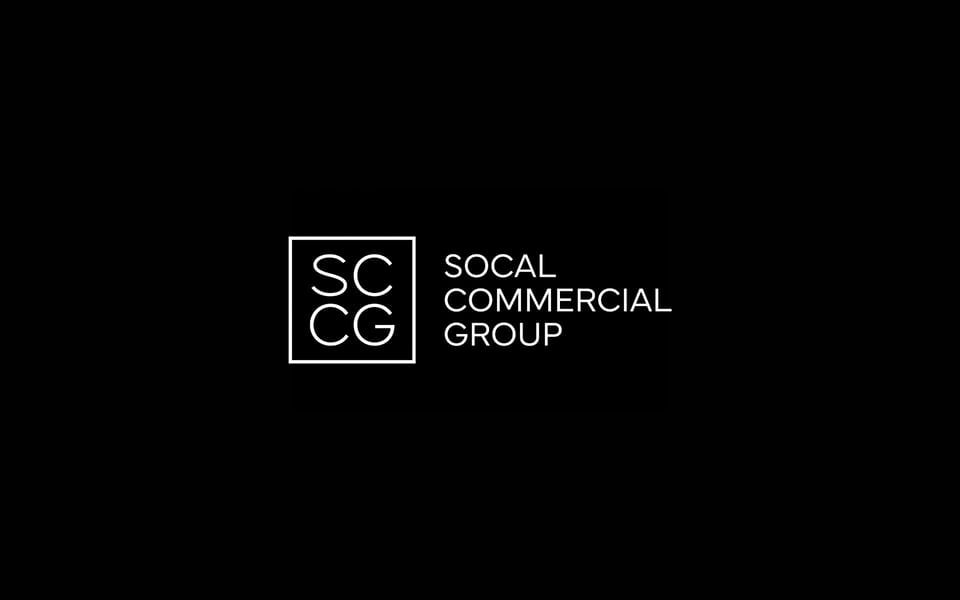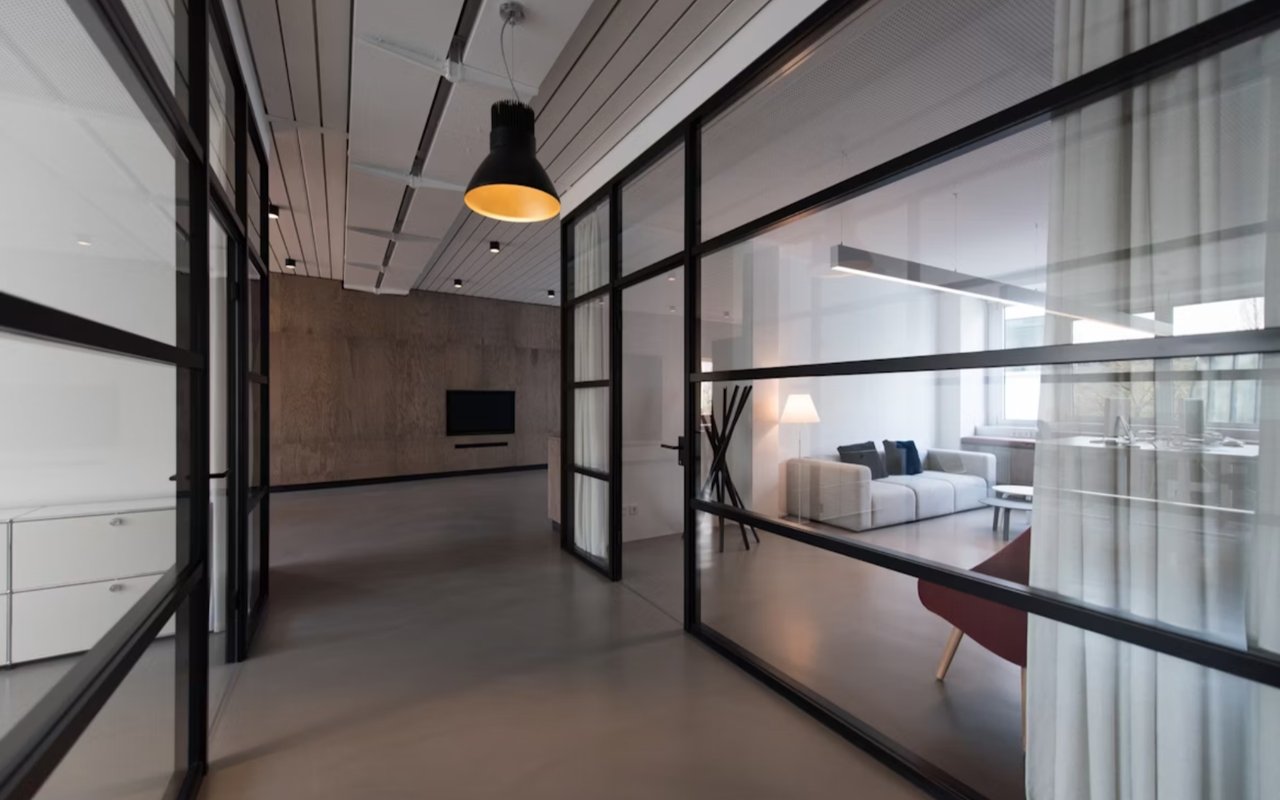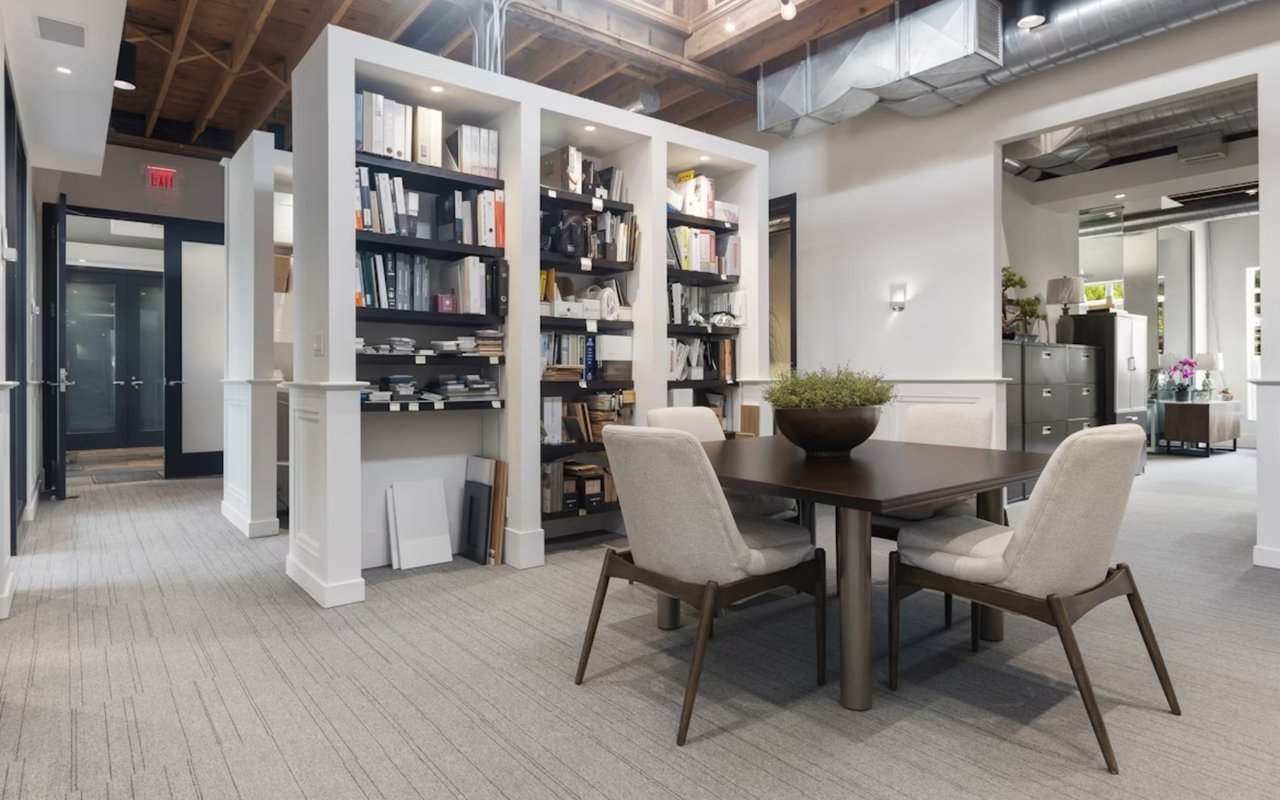Commercial real estate financing in Los Angeles has entered a new era in 2025—one shaped by a recalibrated rate environment, evolving asset performance, and an increasing demand for localized lending expertise. Whether you're developing a creative office hub in Culver City, acquiring a stabilized multifamily asset near Larchmont Village, or repositioning a legacy industrial property in the Arts District, success in LA's commercial real estate market now hinges on your financing strategy.
Let's explore the latest trends in CRE lending, the top lenders to know, and the most advantageous loan options for 2025.
A Snapshot of the 2025 Lending Climate in LA
After several years of interest rate volatility and asset class realignment, 2025 is shaping up as a cautiously optimistic year for borrowers. Los Angeles, with its diverse range of property types—from trophy retail in Beverly Hills to adaptive reuse projects downtown—offers ample opportunities, but lenders are looking for strong fundamentals and clean execution.
Here are the trends defining CRE lending in LA this year:
Here are the trends defining CRE lending in LA this year:
- Interest Rates: Fixed-rate commercial loans are averaging between 6.25% and 8.25%, depending on asset type and sponsor profile. Multifamily and industrial often see the best pricing.
- Loan-to-Value (LTV): LTVs are holding steady in the 60–70% range, with rare exceptions for premium assets or repeat borrowers.
- Debt-Service Coverage Ratios (DSCRs): Most lenders require a minimum DSCR of 1.25 times the mortgage payment.
- Loan scrutiny is higher, with underwriters examining cash flows, location metrics, and sponsor experience more closely than in previous cycles.
Top Commercial Real Estate Lenders in Los Angeles
In a market as dynamic and diverse as Los Angeles, selecting the right commercial real estate lender is equally as vital as choosing the property. From community banks and private lenders to national institutions and capital markets intermediaries, LA offers a broad array of financing sources, each catering to different borrower profiles, property types, and investment strategies.
Some lenders excel in construction lending or short-term bridge financing; others specialize in stabilized assets with institutional-grade underwriting. The ideal lending partner often depends on factors such as deal size, experience, asset class, and whether your goal is long-term hold, repositioning, or a fast-turnaround development.
Some of the most prominent lenders and capital sources shaping the 2025 CRE landscape in Los Angeles include:
Some lenders excel in construction lending or short-term bridge financing; others specialize in stabilized assets with institutional-grade underwriting. The ideal lending partner often depends on factors such as deal size, experience, asset class, and whether your goal is long-term hold, repositioning, or a fast-turnaround development.
Some of the most prominent lenders and capital sources shaping the 2025 CRE landscape in Los Angeles include:
- Bank of America
- Berkadia
- Blackstone
- CBRE
- Eastdil Secured
- Goldman Sachs
- JLL
- JPMorgan Chase & Co.
- Newmark
- Wells Fargo
Financing Options to Know in 2025
Traditional bank loans remain a cornerstone for financing stabilized commercial properties in Los Angeles. These loans typically feature fixed or variable interest rates, with relatively conservative leverage and a preference for strong operating histories. Borrowers with clean financials and established portfolios will find that regional banks still offer the most competitive rates and predictability for long-term hold strategies.
CMBS loans, or commercial mortgage-backed securities, continue to serve institutional and large-scale investors seeking financing. These loans are generally fixed-rate and best suited for income-producing assets—shopping centers, office buildings, larger multifamily complexes. While underwriting can be more rigid, the trade-off comes in the form of long-term rate stability and off-balance-sheet leverage.
SBA 504 loans are a viable option for owner-occupied commercial properties—professional offices, medical clinics, creative production spaces. Administered through Certified Development Companies (CDCs), these loans offer long terms—often up to 25 years—and below-market interest rates that are currently trending between 5.75% and 6.25%. In high-cost markets such as LA, this federal loan program can be a game-changer for entrepreneurs purchasing their own space.
Bridge loans are increasingly used to reposition properties, execute a renovation plan, or capitalize on time-sensitive acquisitions. These short-term, interest-only loans typically span 6 to 36 months, providing flexibility during transitional phases. While rates are higher, ranging from 8% to 11%, they allow savvy investors to act quickly and add value before refinancing into permanent debt.
Private and hard money loans fill the gap where conventional lenders hesitate. These asset-based loans are helpful for unconventional properties, fast closings, or borrowers with complex financial profiles. With rates between 9% and 13%, the cost is higher, but the speed and flexibility make them attractive for developers working in niche markets or under tight timelines.
Construction loans remain active in Los Angeles, particularly in high-demand sectors such as logistics, multifamily housing, and medical office buildings. Typically structured as interest-only loans during the build period, these are underwritten with a sharp eye toward cost controls, pre-leasing, and sponsor equity. Banks such as Pacific Western and City National are still actively funding ground-up construction, particularly when tied to a clear exit strategy and proven development track record.
Maximize your financing success in 2025 by understanding the market and making informed decisions. Lenders want to know about your experience, past achievements, and your personal stake in the game. Consider using a broker or capital advisor, especially for larger deals, to gain broader access to funding sources.
CMBS loans, or commercial mortgage-backed securities, continue to serve institutional and large-scale investors seeking financing. These loans are generally fixed-rate and best suited for income-producing assets—shopping centers, office buildings, larger multifamily complexes. While underwriting can be more rigid, the trade-off comes in the form of long-term rate stability and off-balance-sheet leverage.
SBA 504 loans are a viable option for owner-occupied commercial properties—professional offices, medical clinics, creative production spaces. Administered through Certified Development Companies (CDCs), these loans offer long terms—often up to 25 years—and below-market interest rates that are currently trending between 5.75% and 6.25%. In high-cost markets such as LA, this federal loan program can be a game-changer for entrepreneurs purchasing their own space.
Bridge loans are increasingly used to reposition properties, execute a renovation plan, or capitalize on time-sensitive acquisitions. These short-term, interest-only loans typically span 6 to 36 months, providing flexibility during transitional phases. While rates are higher, ranging from 8% to 11%, they allow savvy investors to act quickly and add value before refinancing into permanent debt.
Private and hard money loans fill the gap where conventional lenders hesitate. These asset-based loans are helpful for unconventional properties, fast closings, or borrowers with complex financial profiles. With rates between 9% and 13%, the cost is higher, but the speed and flexibility make them attractive for developers working in niche markets or under tight timelines.
Construction loans remain active in Los Angeles, particularly in high-demand sectors such as logistics, multifamily housing, and medical office buildings. Typically structured as interest-only loans during the build period, these are underwritten with a sharp eye toward cost controls, pre-leasing, and sponsor equity. Banks such as Pacific Western and City National are still actively funding ground-up construction, particularly when tied to a clear exit strategy and proven development track record.
Maximize your financing success in 2025 by understanding the market and making informed decisions. Lenders want to know about your experience, past achievements, and your personal stake in the game. Consider using a broker or capital advisor, especially for larger deals, to gain broader access to funding sources.
Ready to Seek Out Strategic Financing for Strategic Growth
Commercial real estate financing in Los Angeles is still alive and well in 2025, but it's not a one-size-fits-all game. The best terms go to those who prepare thoroughly, understand the market cycles, and align with lenders who truly understand LA's hyperlocal dynamics.
Whether you're acquiring a logistics property in Vernon, financing a creative campus in Hollywood, or developing a mixed-use project from the ground up in the West Adams corridor, contact the SoCal Commercial Group today and let our team's experience and expertise help you turn a promising investment into a lasting success.
Whether you're acquiring a logistics property in Vernon, financing a creative campus in Hollywood, or developing a mixed-use project from the ground up in the West Adams corridor, contact the SoCal Commercial Group today and let our team's experience and expertise help you turn a promising investment into a lasting success.




